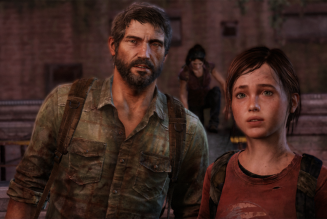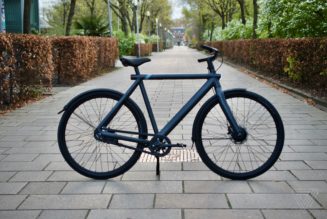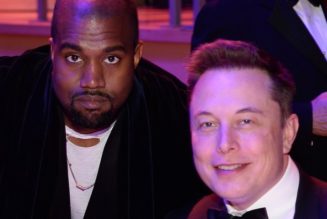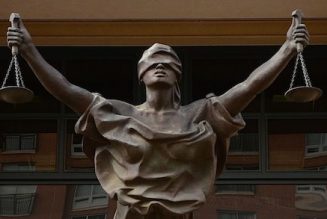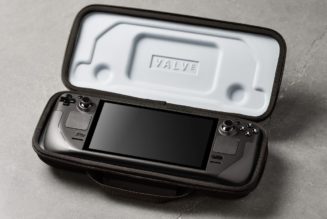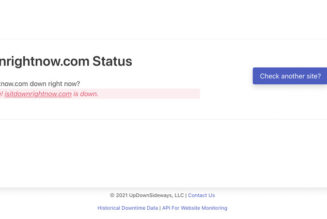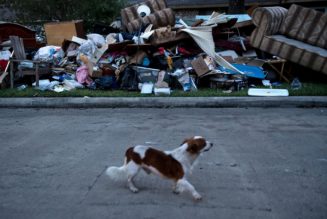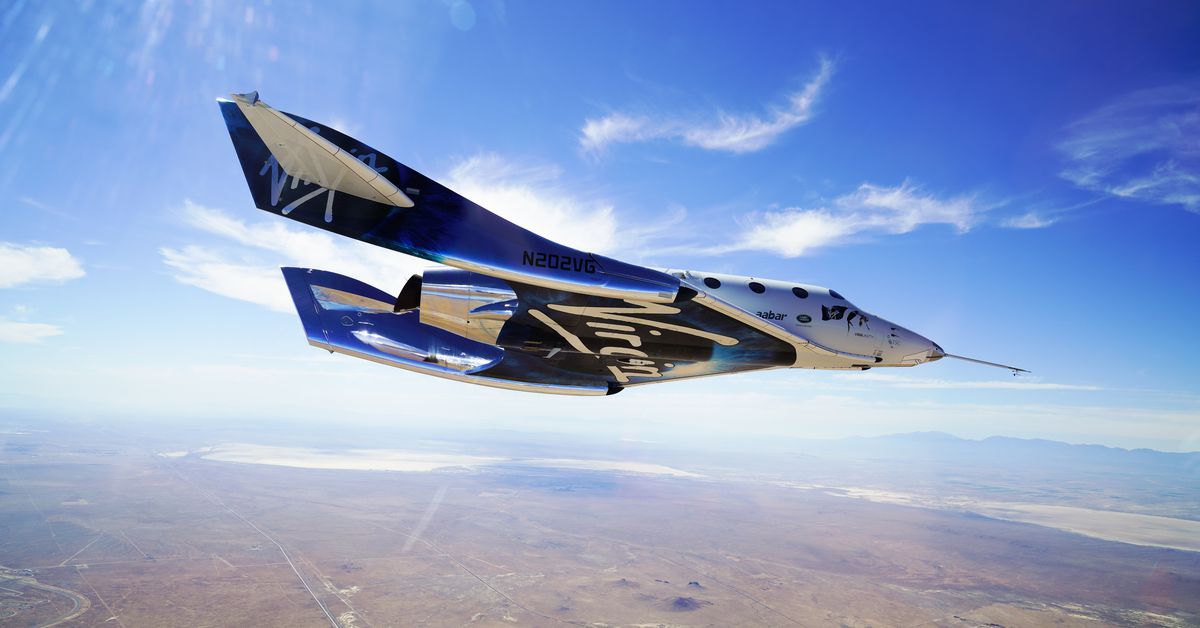
This morning, Richard Branson’s space tourism company Virgin Galactic had to abort its first powered test flight of its spaceplane from the company’s home in New Mexico, bringing the vehicle home before it could reach space. During the flight, the spaceplane’s engine cut out too early and the vehicle’s two pilots had to glide back down to the ground early.
The aborted engine ignition was caught live by a Twitch livestream provided by the outlet NASASpaceflight. The video showed the spaceplane, called VSS Unity, dropping away from its carrier aircraft in mid-air as planned. The vehicle then briefly ignited its main engine, according to the video, but the ignition cut out after just a moment. On a typical flight, the spaceplane’s engine will stay ignited for a full minute, propelling the vehicle to the edge of space.
Once the engine cut out, VSS Unity turned into a glider and returned to its launch site in New Mexico. The company confirmed that VSS Unity landed safely on a runway after the abort, and the flight’s two pilots, C.J. Sturckow and Dave Mackay, made it “back safe and sound.” No passengers were on board this flight, though the vehicle was carrying a number of microgravity payloads for NASA. Virgin Galactic suggested it may replace the engine motor in the near future.
Early update on flight: The ignition sequence for the rocket motor did not complete. Vehicle and crew are in great shape. We have several motors ready at Spaceport America. We will check the vehicle and be back to flight soon.
— Virgin Galactic (@virgingalactic) December 12, 2020
Today’s flight was meant to be the third time that Virgin Galactic sent VSS Unity to space and back. The previous two test flights, conducted in late 2018 and early 2019, took place out of the company’s test facility at the Mojave Air and Spaceport out of California. After those last tests, Virgin Galactic moved its operations to the company’s new, primary home, a glittering facility known as Spaceport America in the New Mexico desert. It’s from this facility that Virgin Galactic plans to conduct all of its commercial tourist flights.
While Virgin Galactic has conducted a few glide flights of VSS Unity from the spaceport before, the vehicle has yet to reach space from the facility. This flight was meant to be an important step as the company prepares to send its first passengers to space on VSS Unity from Spaceport America. With 600 initial customers signed up for flights, Virgin Galactic hopes to start flying commercial passengers for the first time in 2021. Branson, the company’s founder, is supposed to take his first flight next year, kicking off commercial operations.
With today’s abort, it’s unclear how Virgin Galactic will proceed. If this flight had been a success, Virgin Galactic planned to conduct one more powered test flight before Branson took to the skies. The next flight would have included two test pilots, as well as a “full cabin of mission specialists,” according to the company. Virgin Galactic already flew its first test passenger, Beth Moses, on the company’s second spaceflight in February of 2019. But the company has yet to fly a full cabin on one of these trips. It’s possible that Virgin Galactic may opt to perform a do-over of today’s test first, though.
To get to space, VSS Unity actually takes off in mid-air. A giant carrier aircraft called VMS Eve transports the spaceplane, with its pilots in the cockpit, to a starting altitude of 50,000 feet. From there, VSS Unity falls away and the pilots ignite the vehicle’s main engine, initiating the climb to space. Eventually, the engine shuts off and the passengers on board experience a few minutes of weightlessness, while seeing the curvature of the Earth. To get back home, the pilots then shift the wings on VSS Unity and reenter Earth’s atmosphere, gliding back to the ground and landing on a runway.
Virgin Galactic had hoped to fly this test a few weeks earlier, but had to delay after new COVID-19 restrictions were introduced in New Mexico. The company said that today’s flight was “conducted under strict COVID-19 protocols with only essential personnel onsite.” No guests or members of the press were allowed to witness the flight from the spaceport.
Once commercial operations begin, Virgin Galactic’s flights will include two test pilots and up to six passengers in the crew cabin. Before they fly, passengers will spend up to three days training at Spaceport America before riding on VSS Unity. The first 600 passengers set to fly with the company have each paid $250,000 for their tickets, though Virgin Galactic claims those prices will change over time. The company also plans to reopen ticket sales sometime next year.



